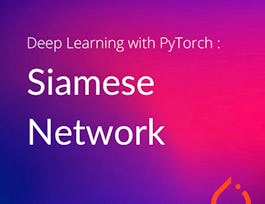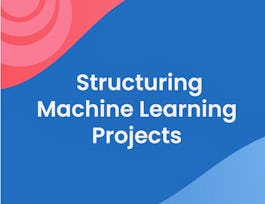This course delves into deep learning and artificial neural networks using TensorFlow.
- It begins with foundational machine learning concepts, covering linear classification and regression, before exploring neurons, model learning, and predictions. - Core modules focus on forward propagation, activation functions, and multiclass classification, with practical examples like the MNIST dataset for image classification and regression tasks. - It also covers model saving, Keras usage, and hyperparameter selection. - The final sections provide an in-depth look at loss functions and gradient descent optimization techniques, including Adam. - Key outcomes include understanding machine learning concepts, implementing ANN models, and optimizing deep learning models using TensorFlow. This course suits those interested in deep learning, TensorFlow 2, and foundational concepts for advanced neural networks like CNNs, RNNs, LSTMs, and transformers. Proficiency in Python and familiarity with NumPy and Matplotlib are required.



















